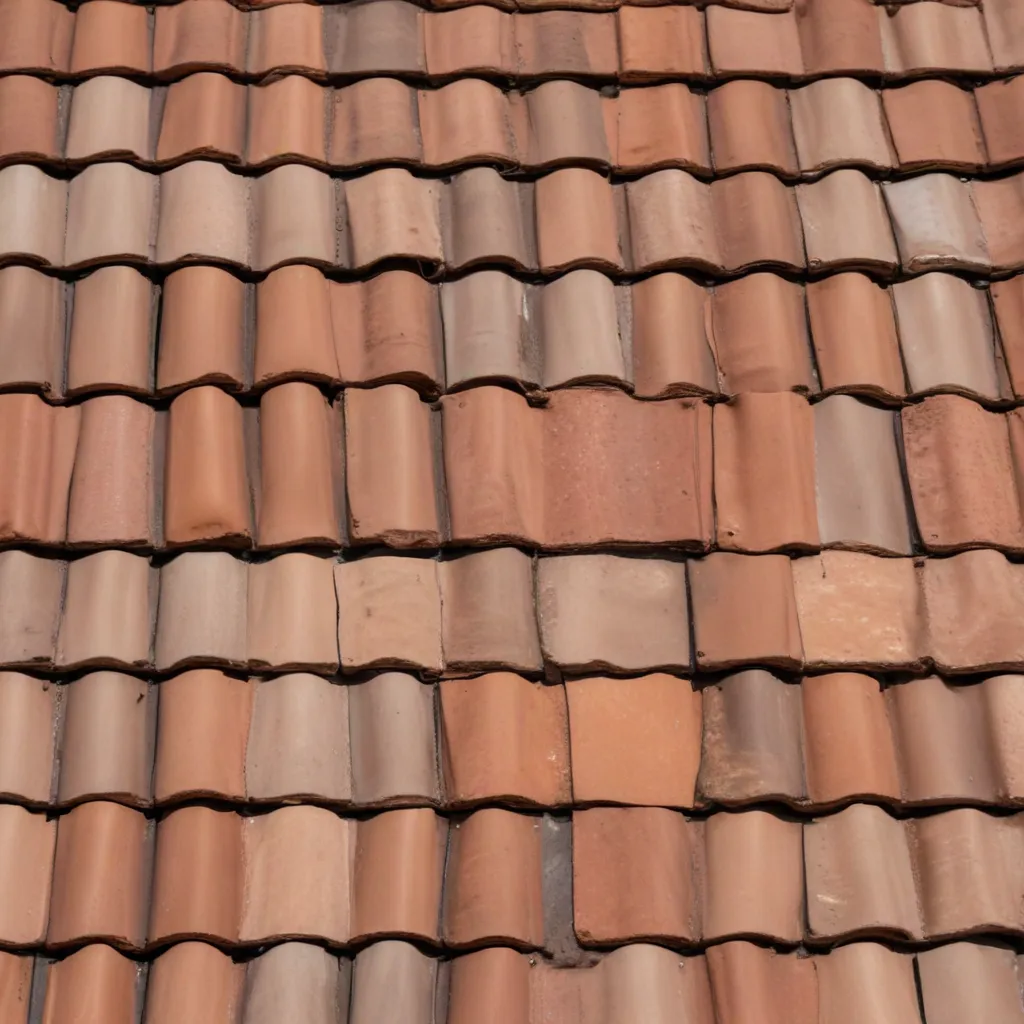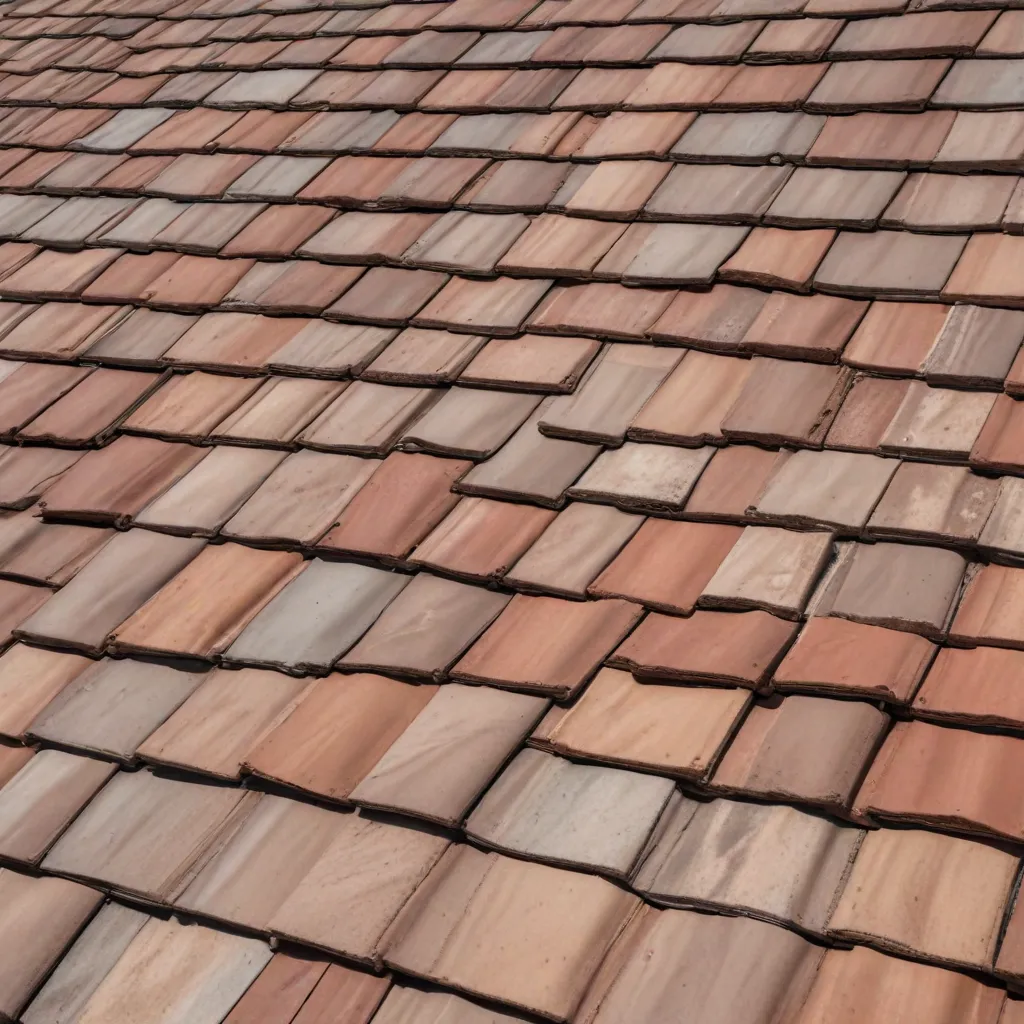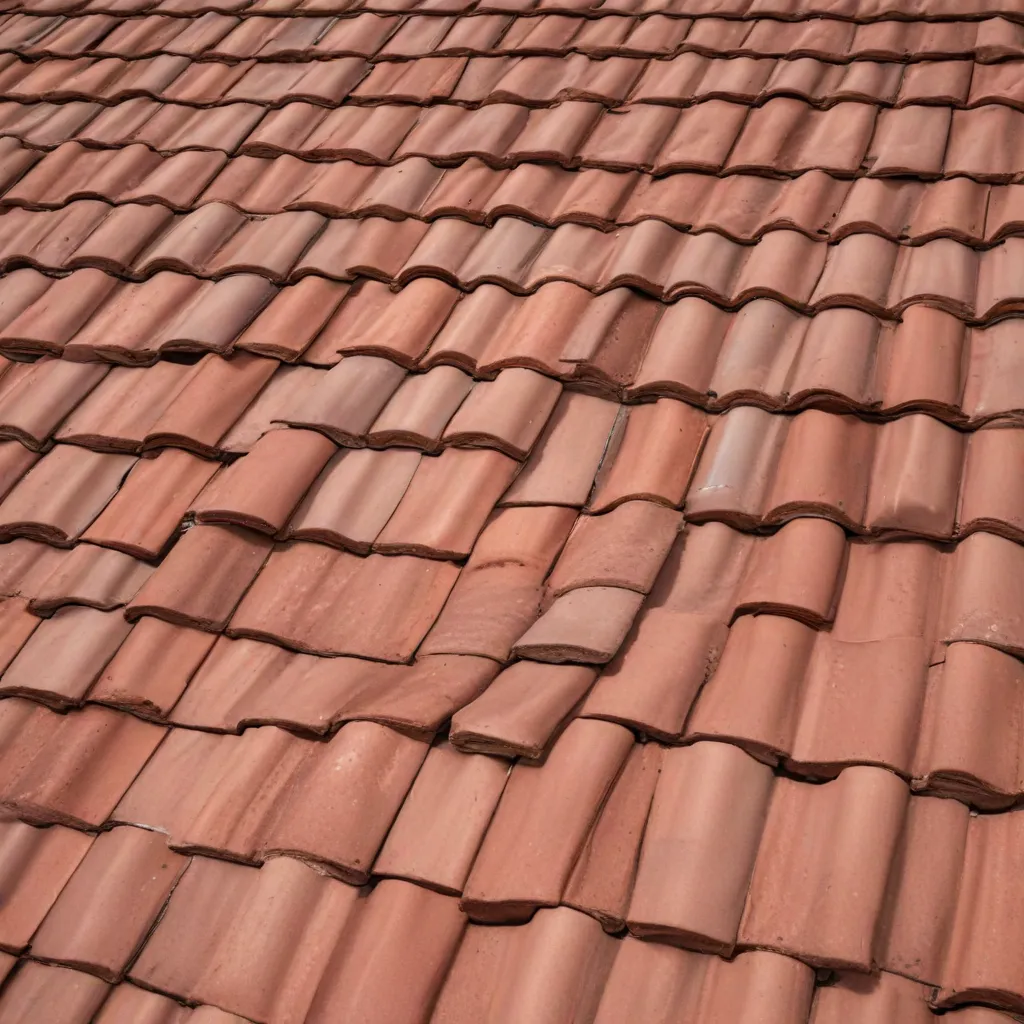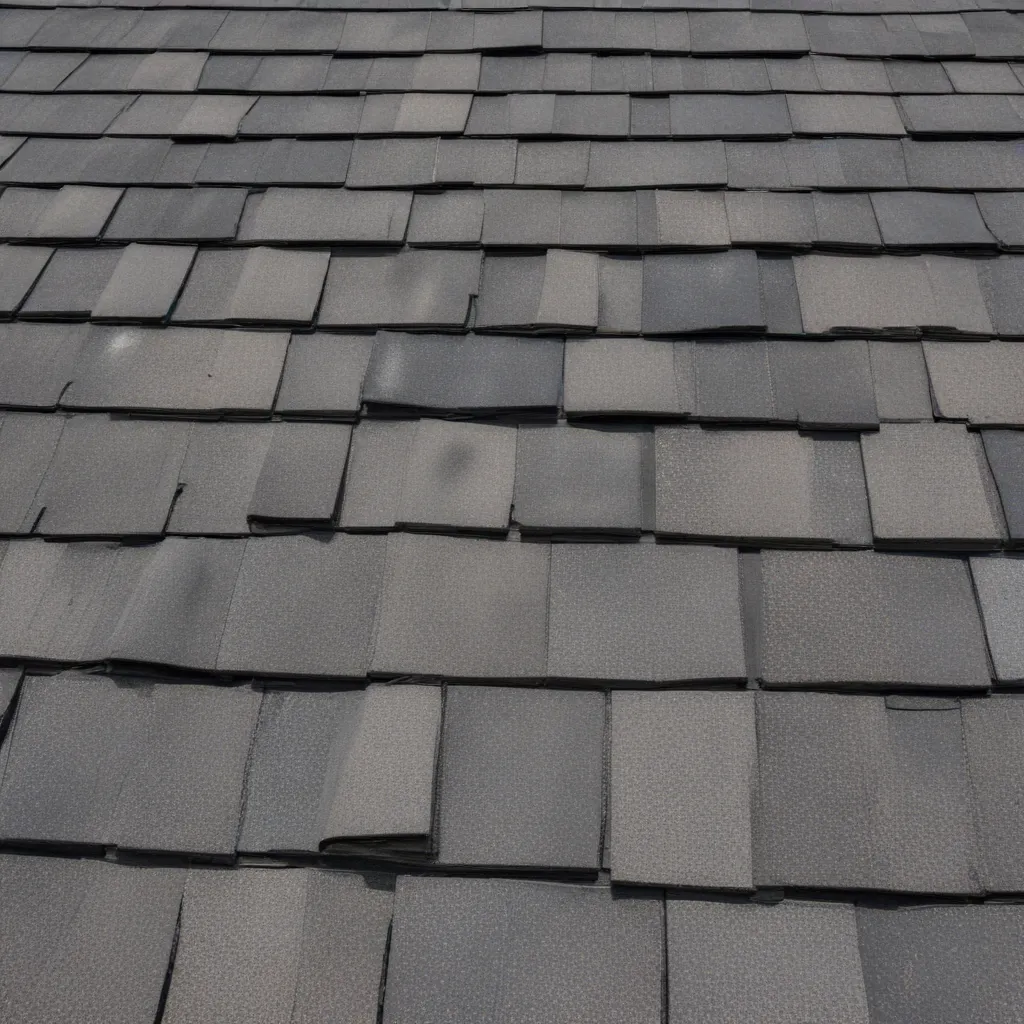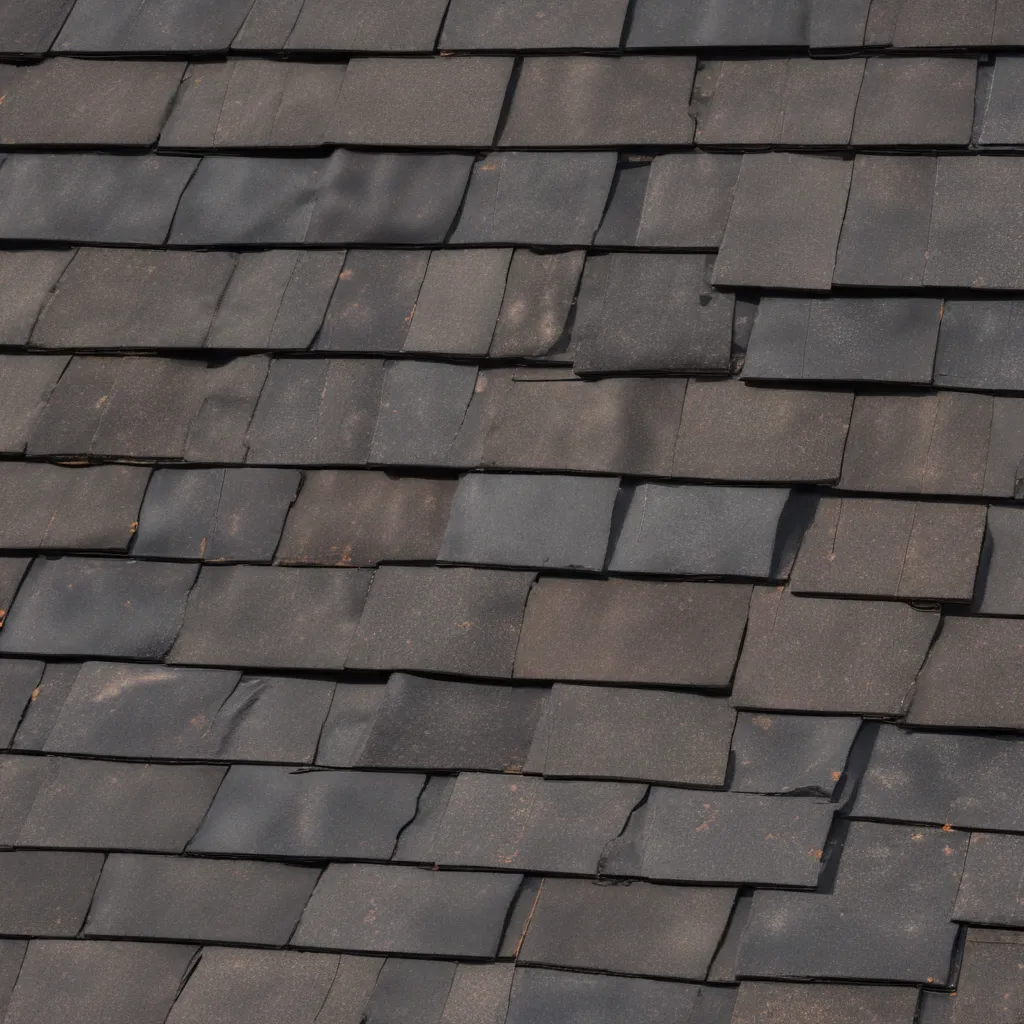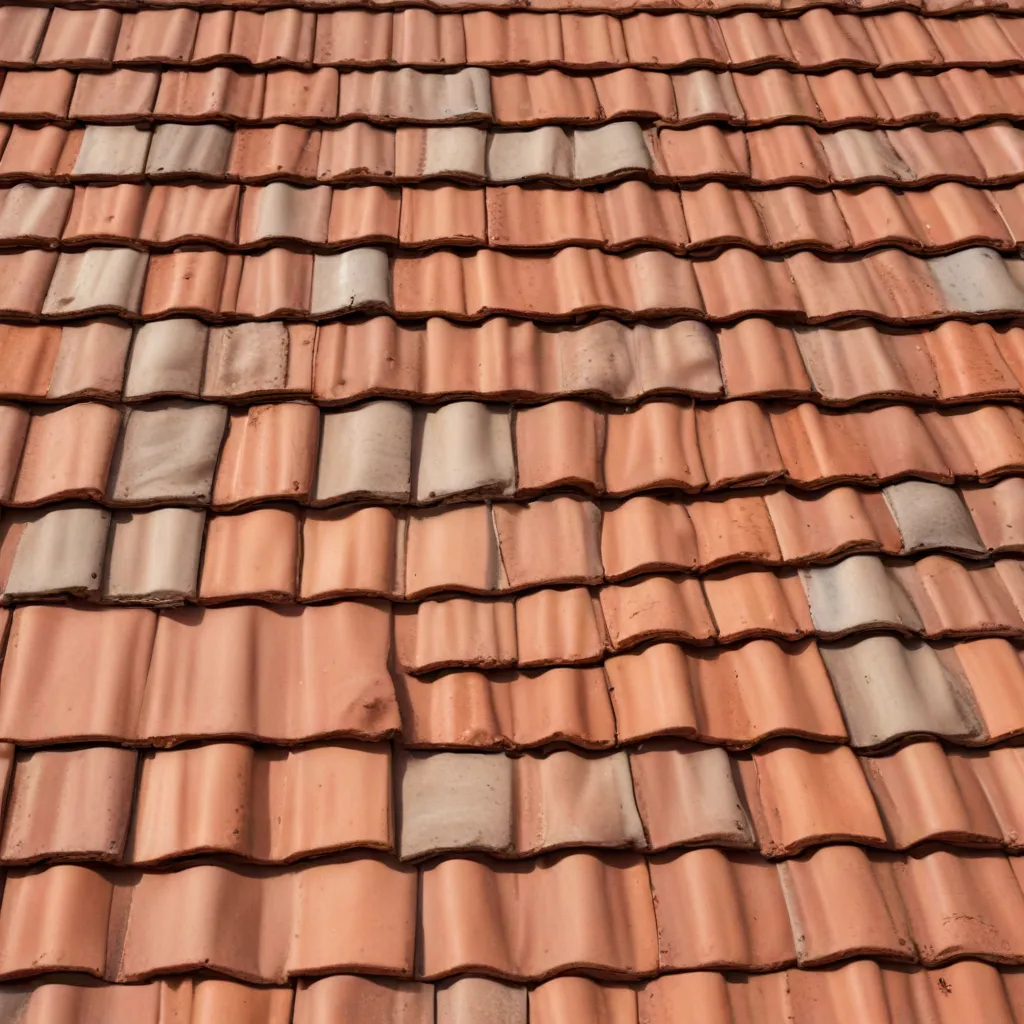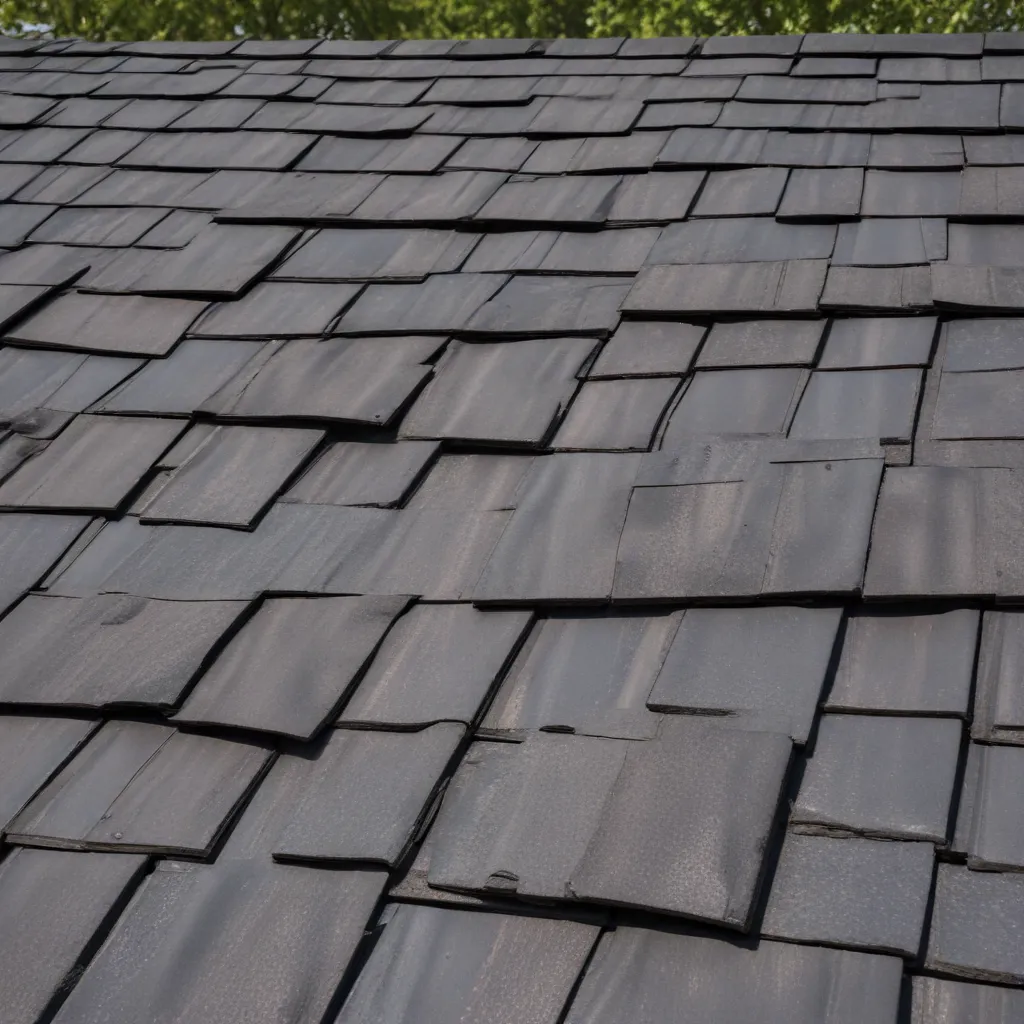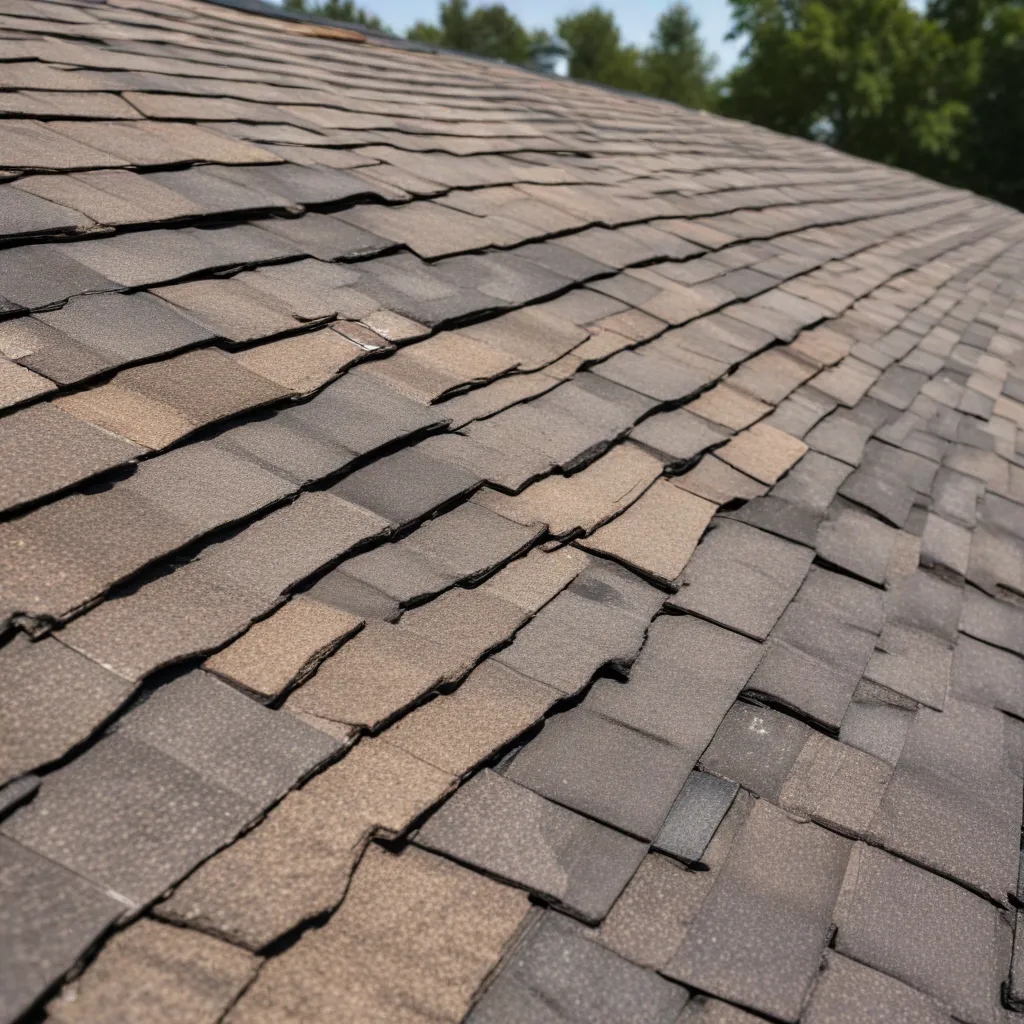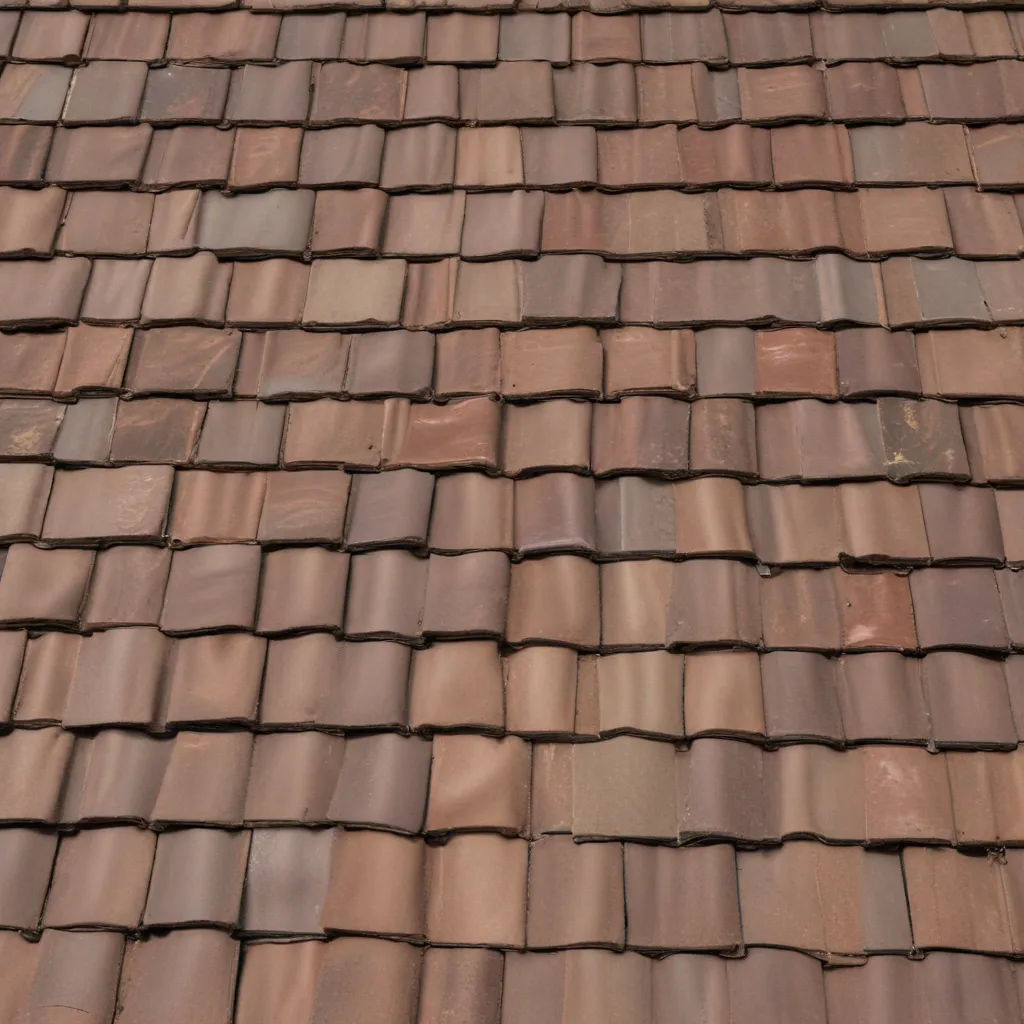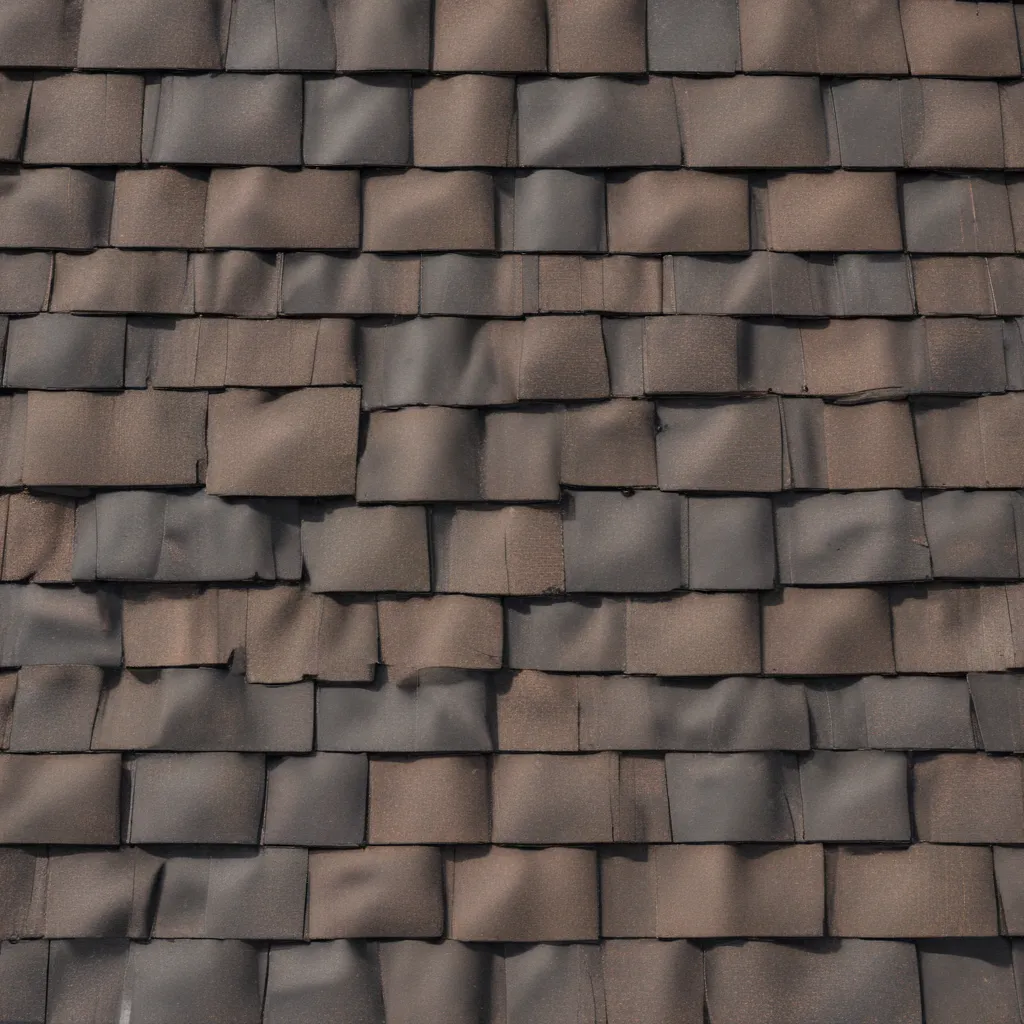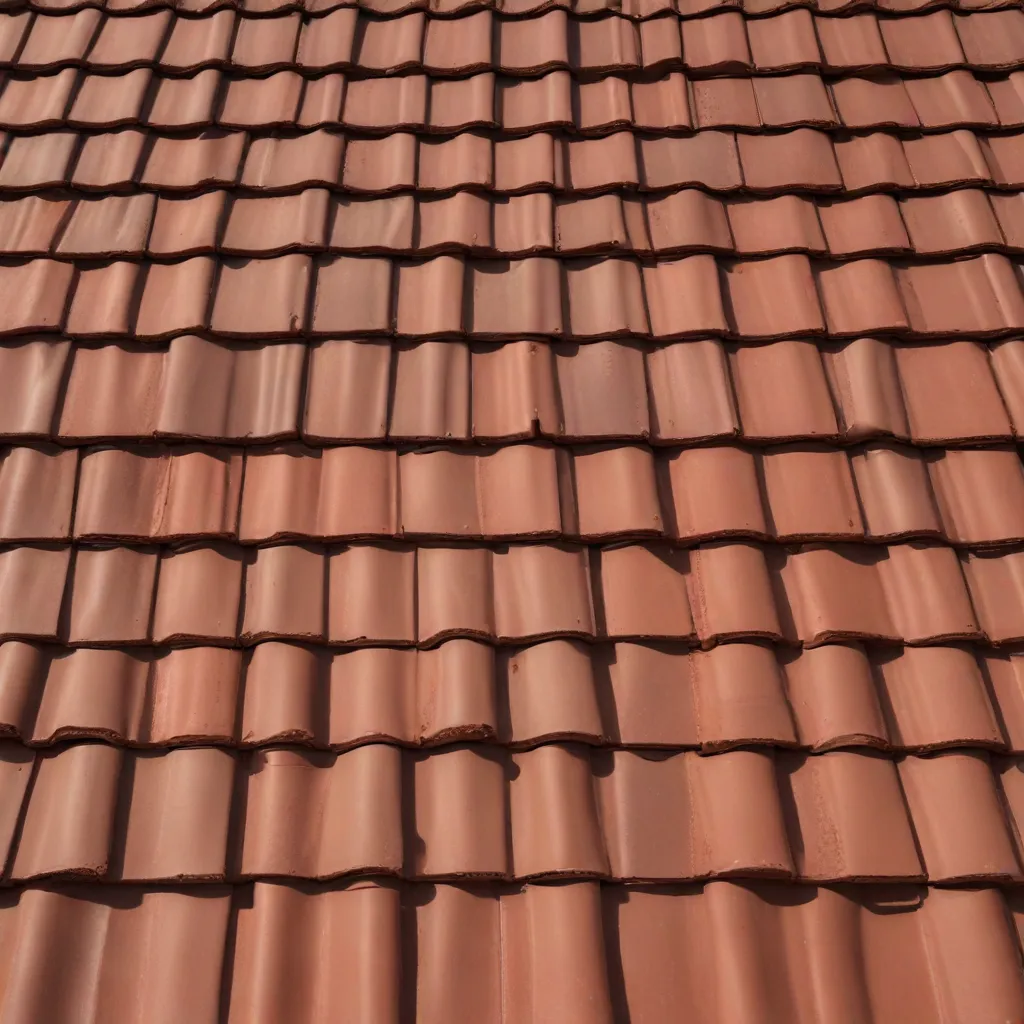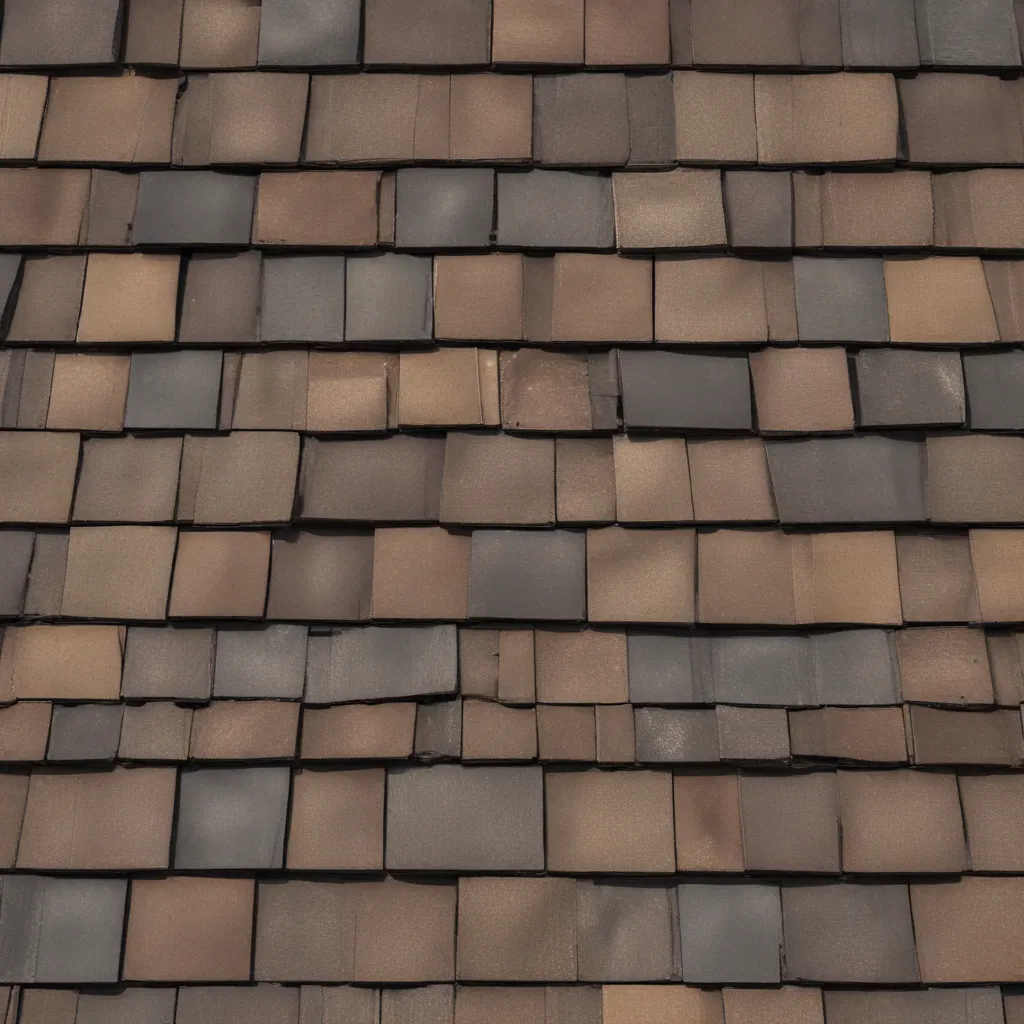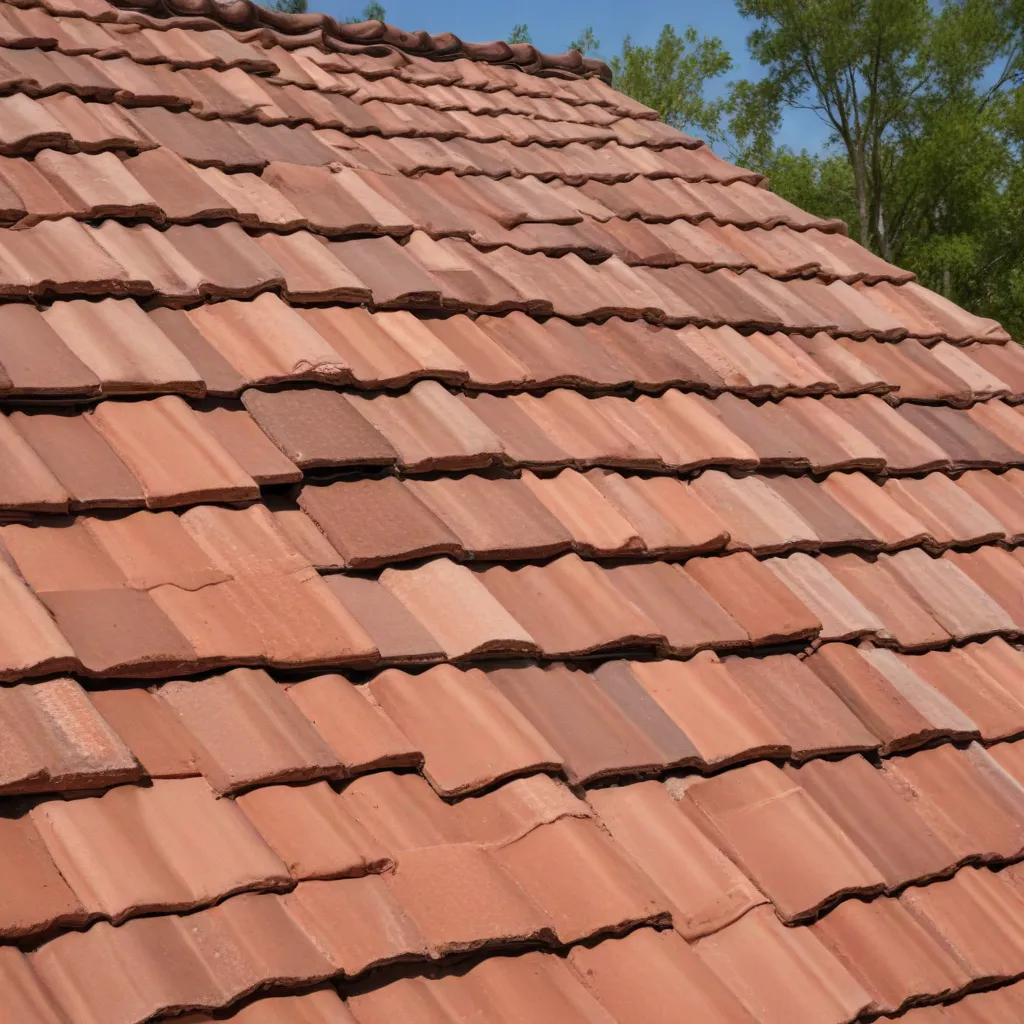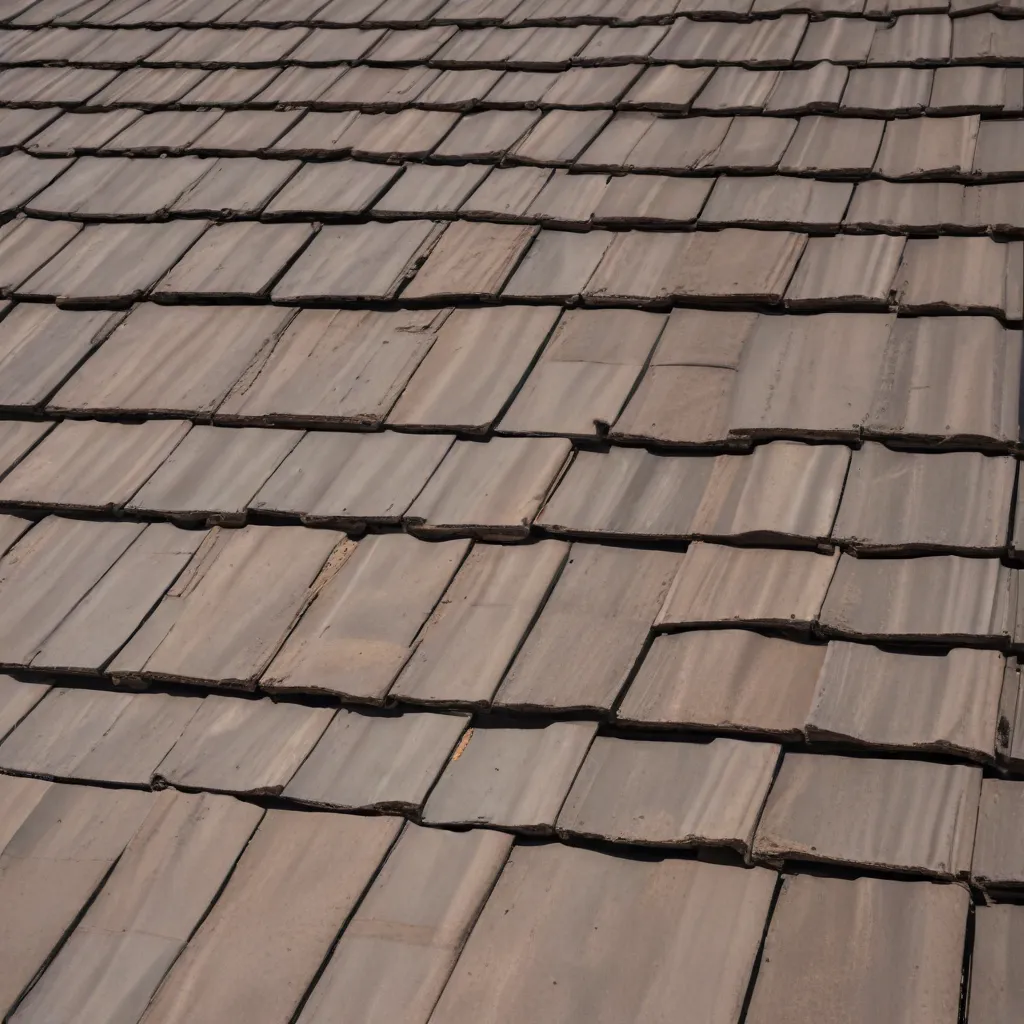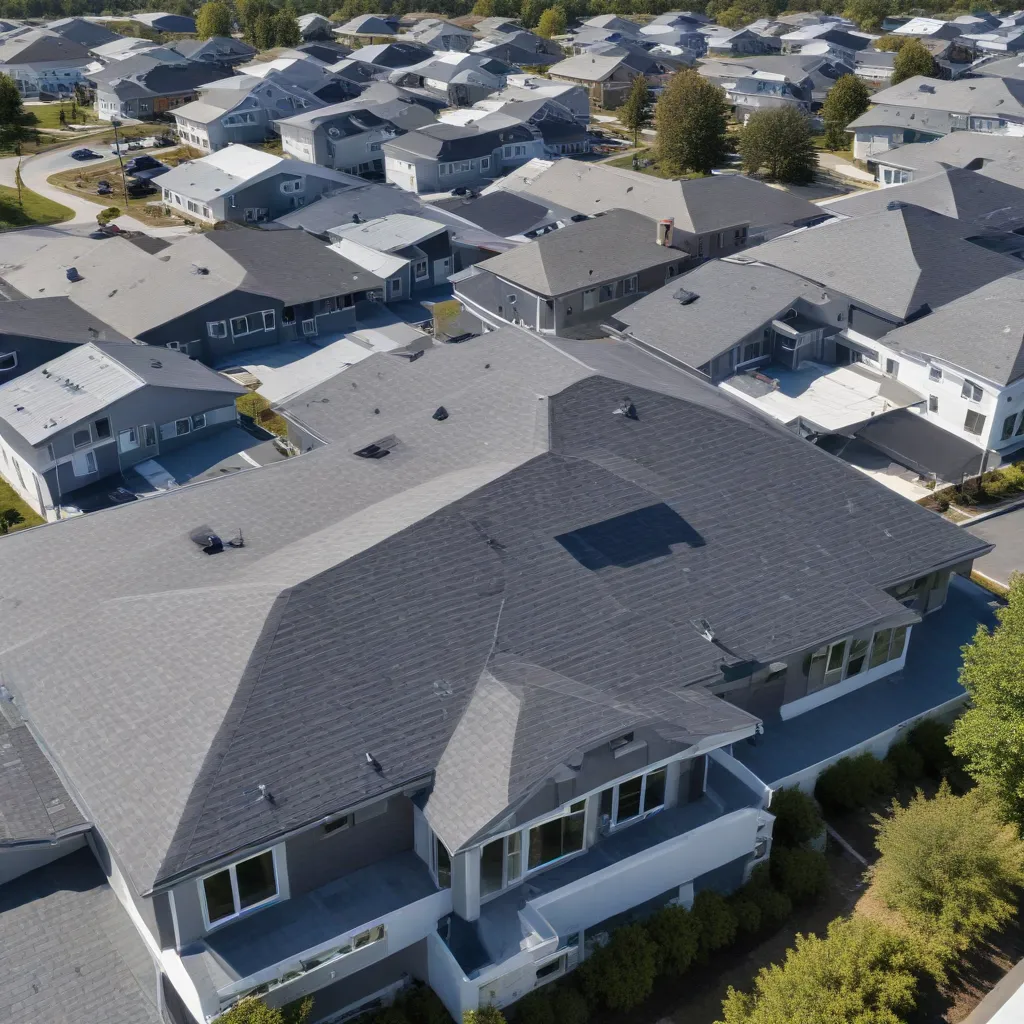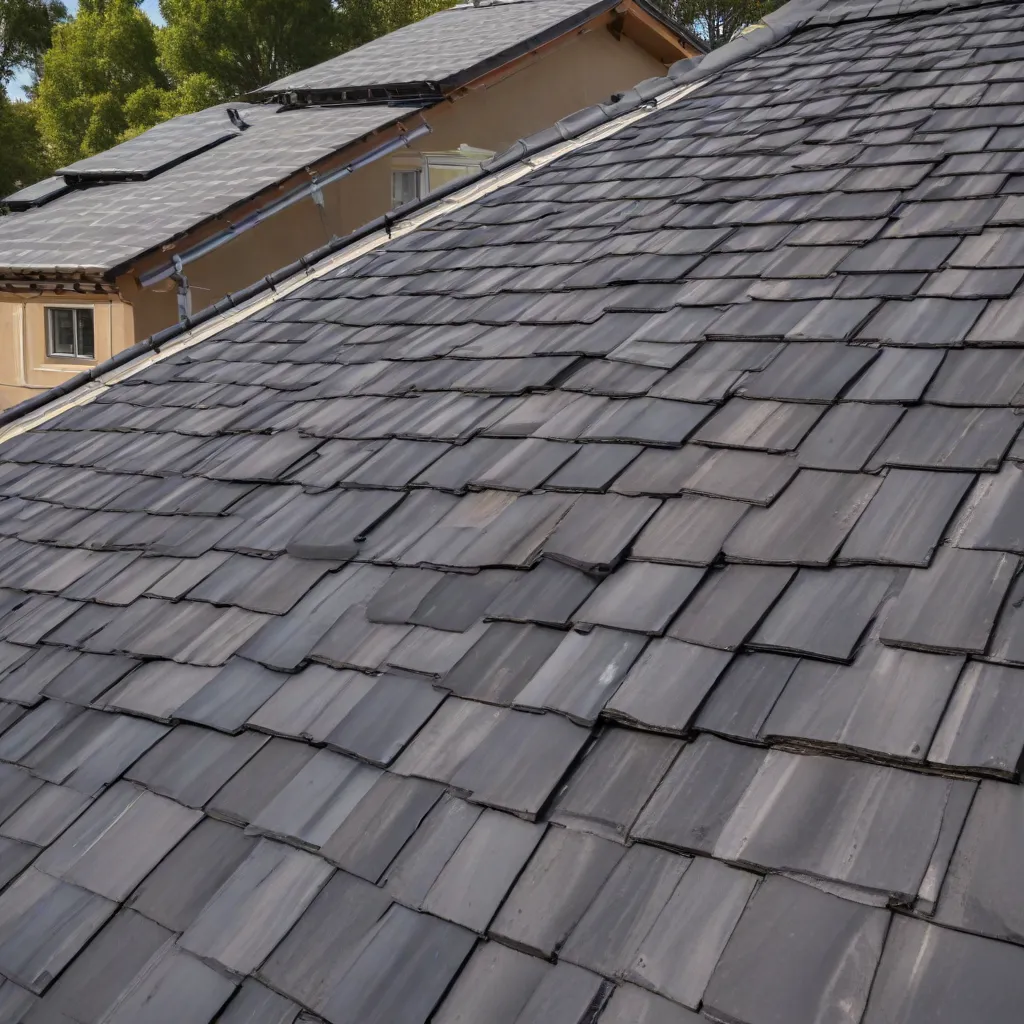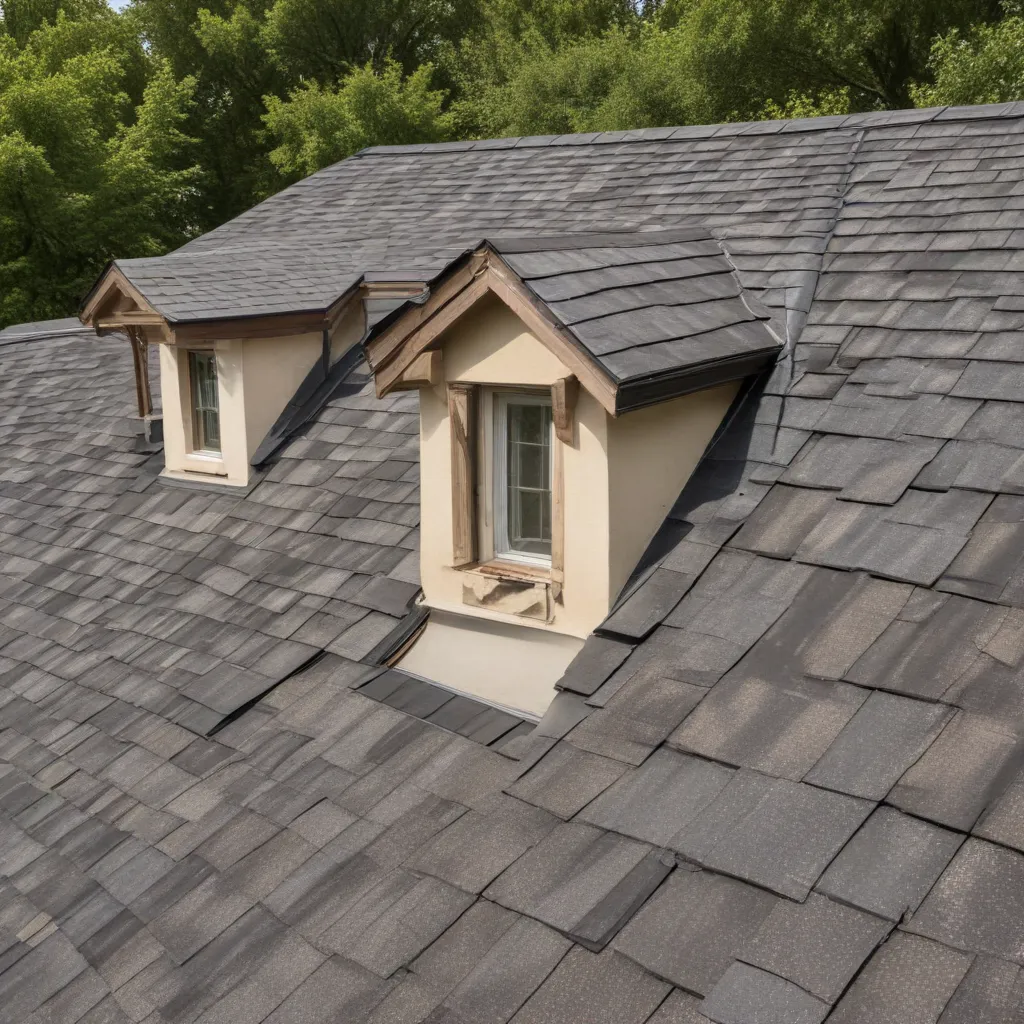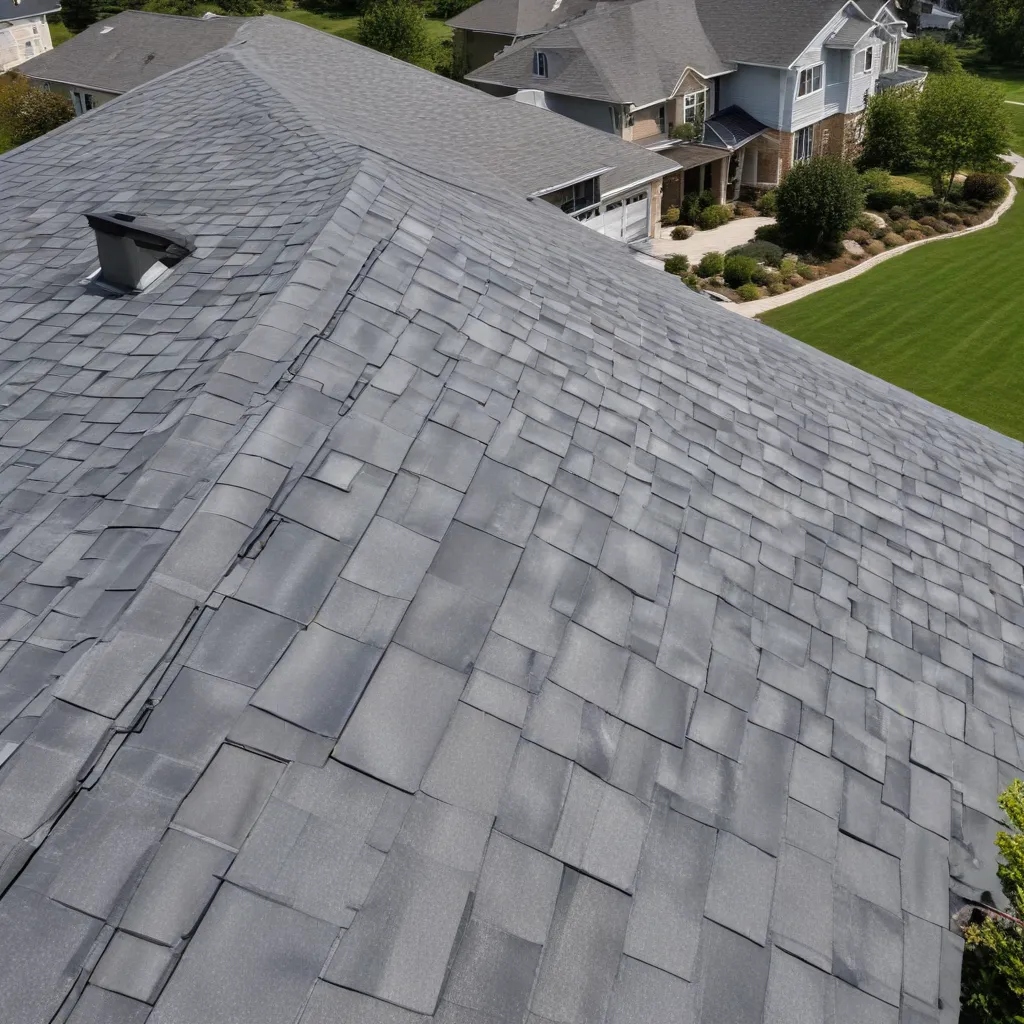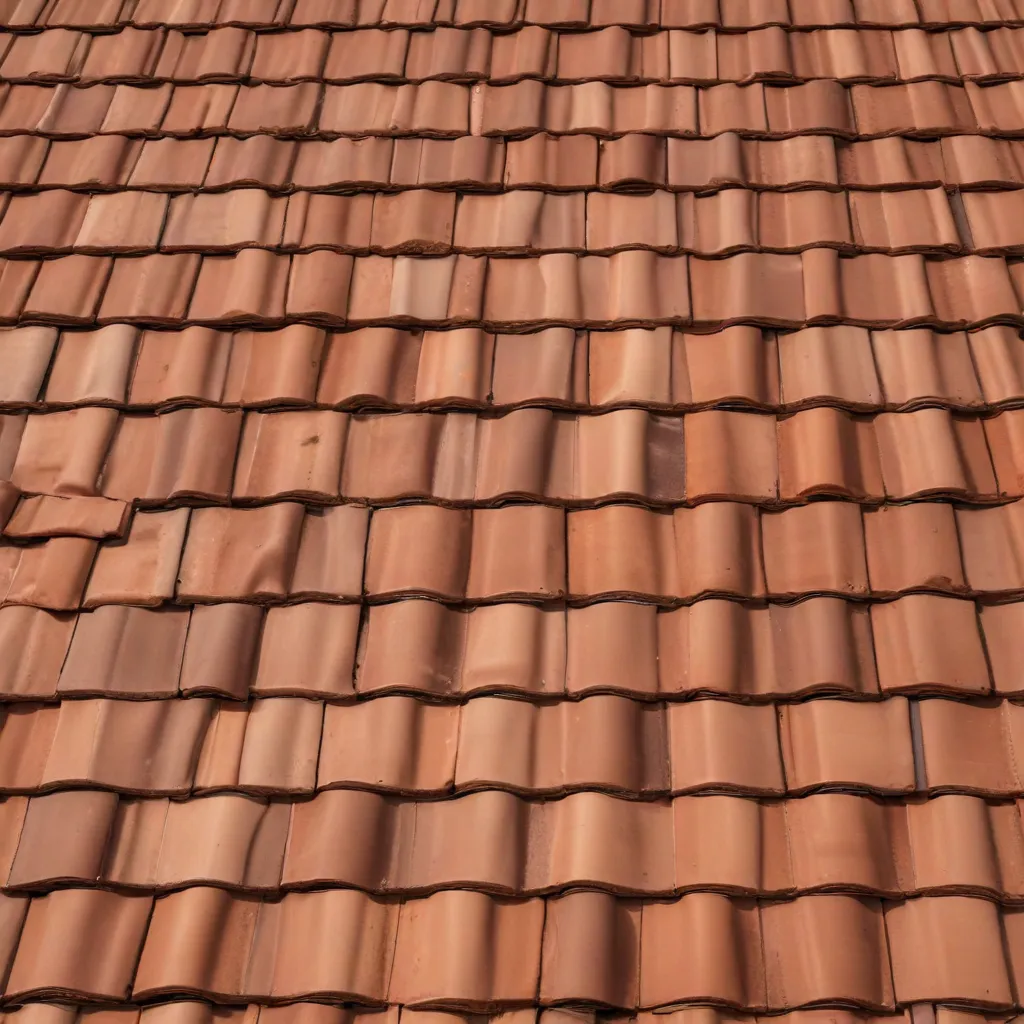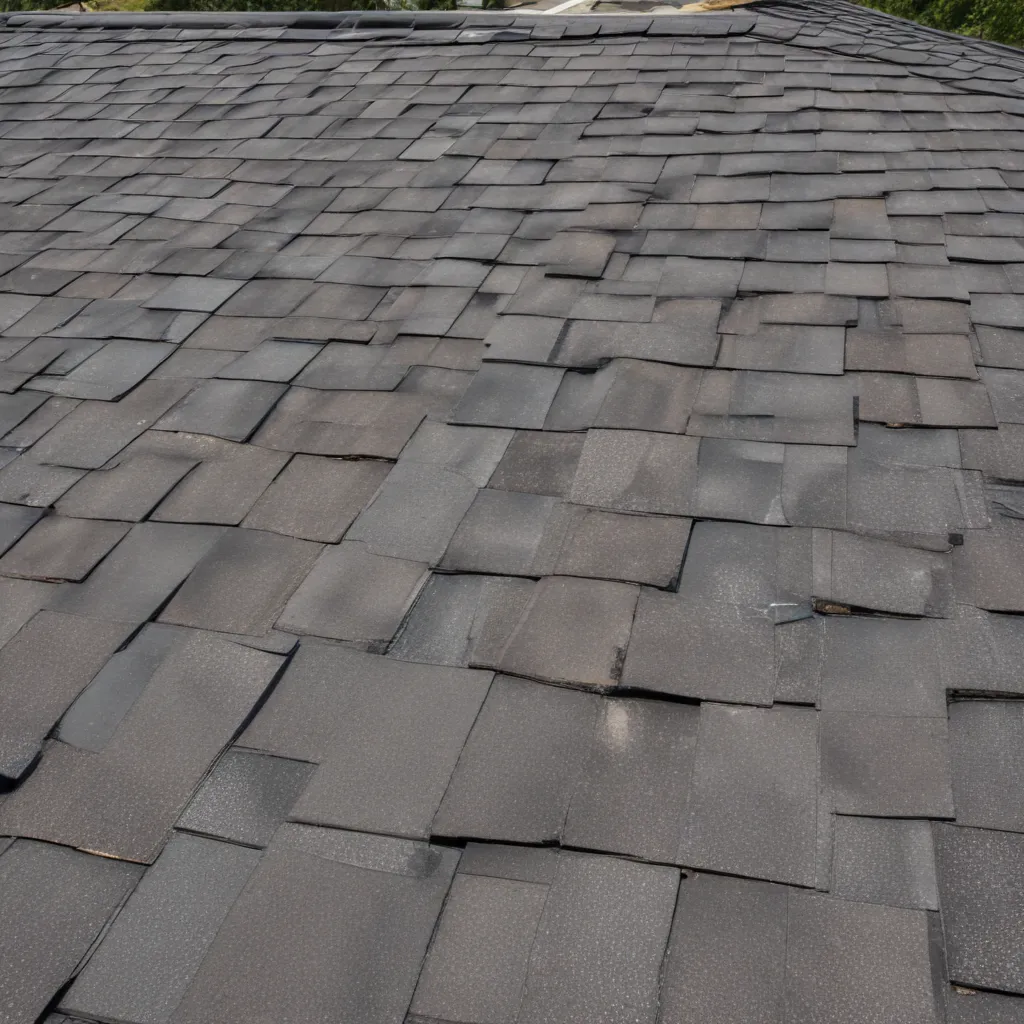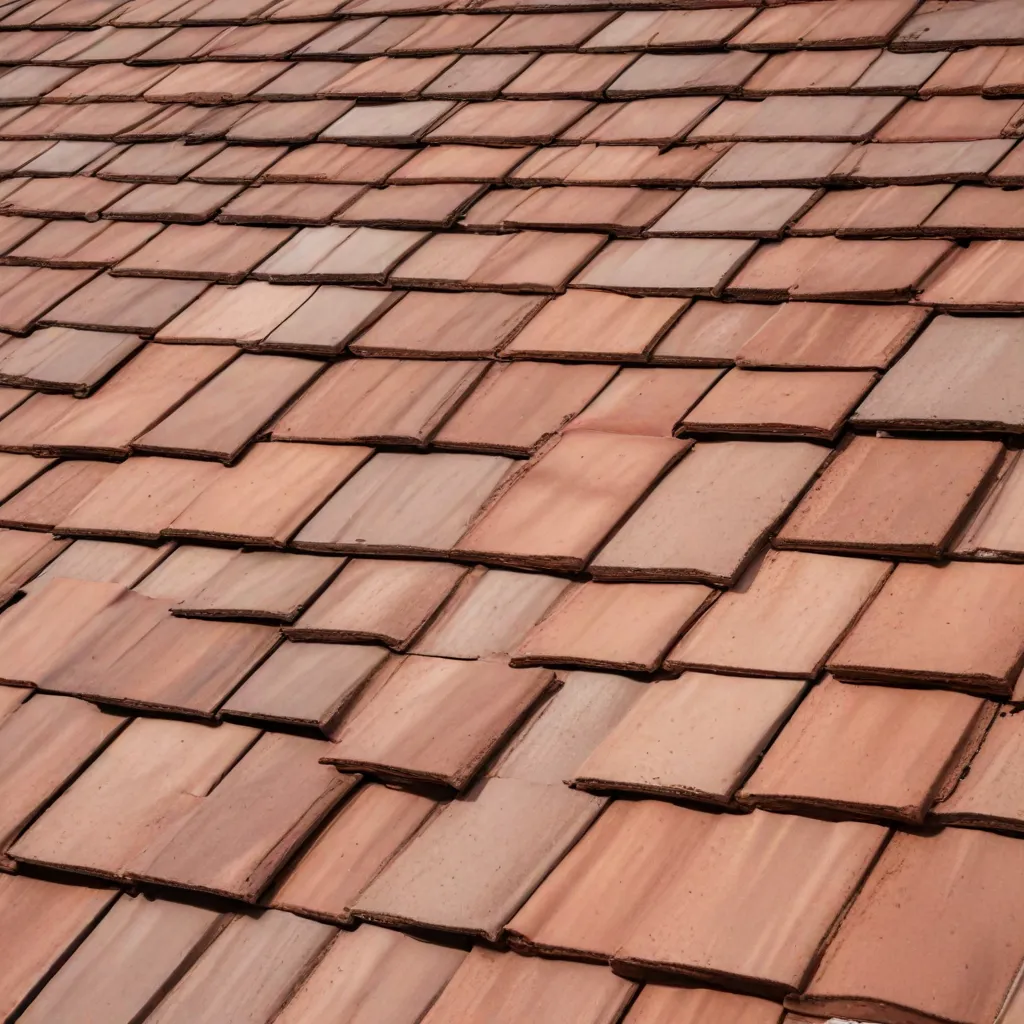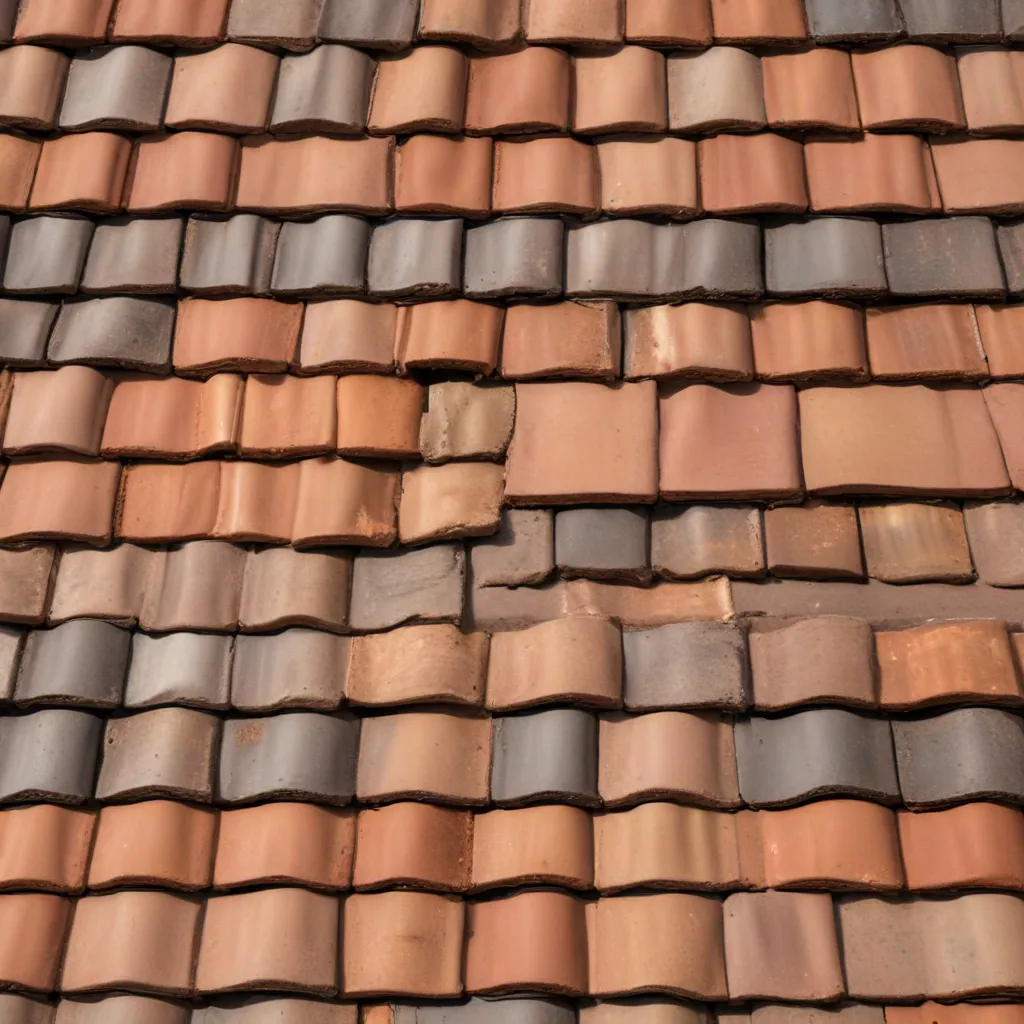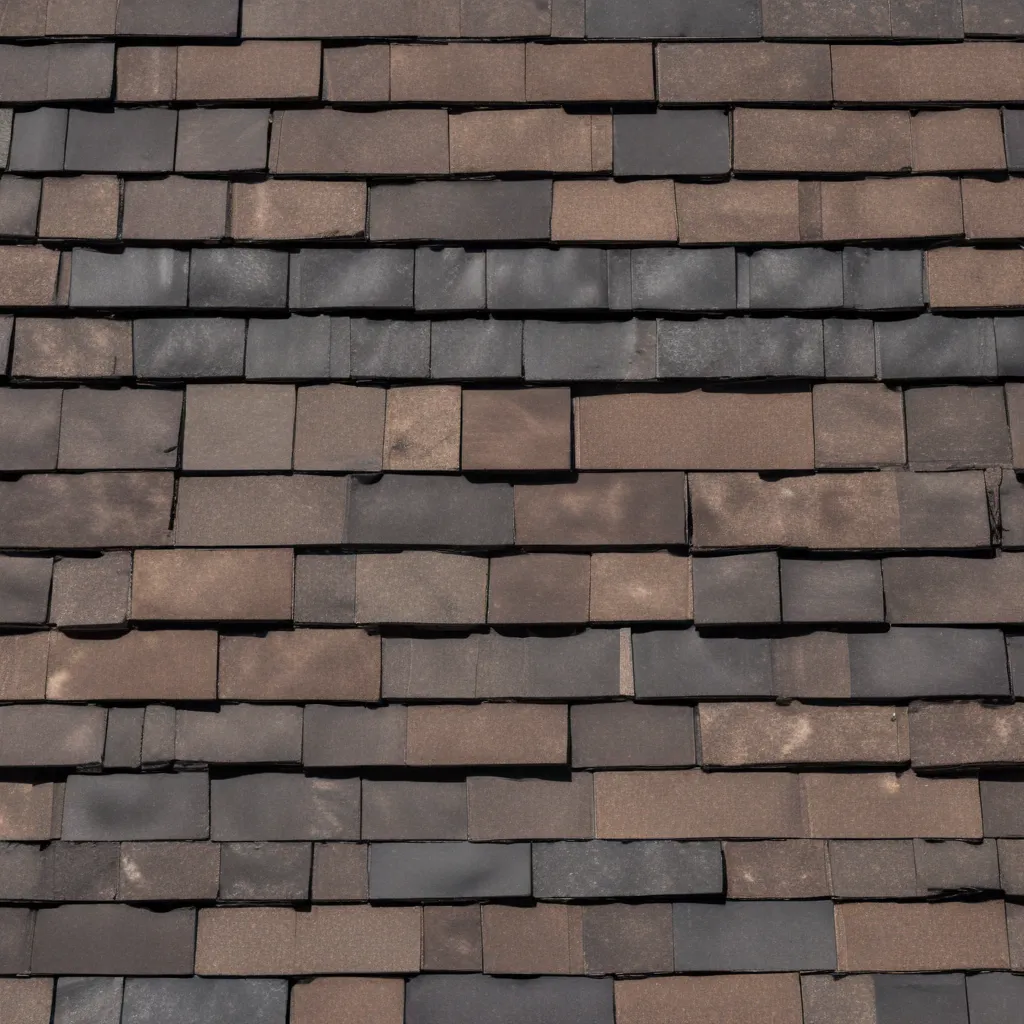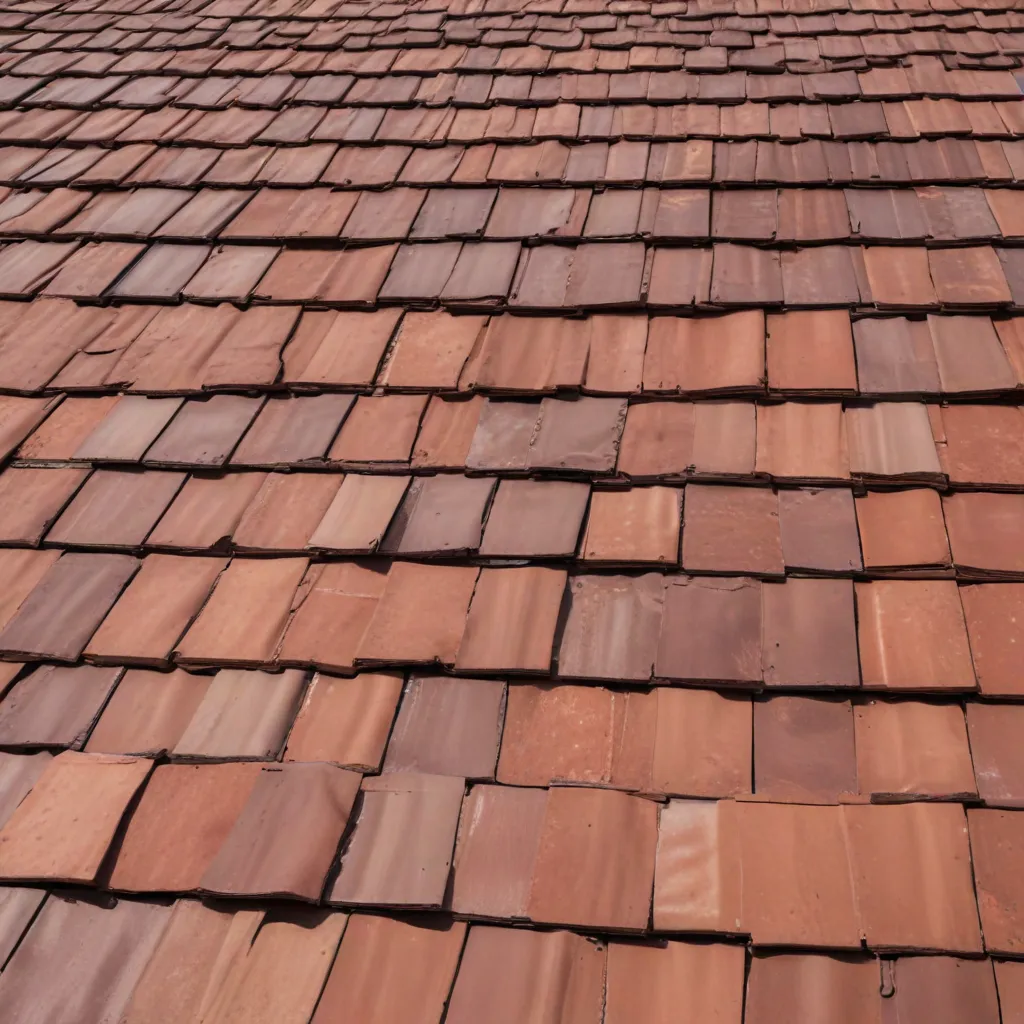In today’s world, where environmental concerns are at the forefront of our minds, finding ways to make sustainable choices is crucial. One area where we can make a significant impact is in our choice of roofing systems. By opting for an environmentally-friendly roofing system, we not only reduce our carbon footprint but also enjoy long-term cost savings and improved energy efficiency. This article aims to guide you through the process of choosing the right environmentally-friendly roofing system for your needs.

Understanding the Importance of Environmentally-Friendly Roofing
Before diving into the various options available, let’s first understand why choosing an environmentally-friendly roofing system is essential. Traditional roofing materials such as asphalt shingles contribute to environmental degradation due to their production processes, short lifespan, and disposal issues. On the other hand, environmentally-friendly roofing systems offer numerous benefits, including:
- Energy Efficiency: Environmentally-friendly roofs often have better insulation properties, reducing the need for excessive heating and cooling. This leads to lower energy consumption and reduced greenhouse gas emissions.
- Longevity: Many sustainable roofing systems are designed to last longer than traditional options, reducing the need for frequent replacements and minimizing waste.
- Stormwater Management: Some eco-friendly roofs are designed to capture and filter rainwater, reducing strain on drainage systems and promoting water conservation.
- Improved Air Quality: Certain roofing materials, such as green roofs or solar panels, can help mitigate the effects of urban heat islands and improve air quality.
With these benefits in mind, let’s explore the various environmentally-friendly roofing options available.
1. Green Roofs
Green roofs, also known as living roofs or rooftop gardens, are an excellent choice for those looking to maximize their environmental impact. These roofs feature a layer of vegetation, providing insulation, reducing stormwater runoff, and improving air quality. Green roofs can be extensive (low-maintenance) or intensive (more complex, with a wider variety of plant species). They require proper structural support, waterproofing, and regular maintenance to thrive.
2. Solar Roofs
Solar roofs have gained popularity in recent years due to their ability to harness renewable energy from the sun. By installing solar panels on your roof, you can generate electricity and reduce your reliance on fossil fuels. Solar roofs are a long-term investment that can save you money on energy bills while reducing your carbon footprint. It’s important to consider factors such as the angle and orientation of your roof, local climate, and available incentives before opting for a solar roof.
3. Metal Roofs
Metal roofs are not only durable and long-lasting but also environmentally-friendly. They are typically made from recycled materials and can be recycled again at the end of their lifespan. Metal roofs are energy-efficient, reflecting sunlight and reducing heat absorption. This results in lower cooling costs and reduced energy consumption. Additionally, metal roofs are resistant to fire, pests, and mildew, further adding to their sustainability.
4. Cool Roofs
Cool roofs are designed to reflect more sunlight and absorb less heat compared to traditional roofing materials. They are typically made using reflective materials, coatings, or light-colored tiles. By keeping the roof surface cooler, cool roofs reduce the need for air conditioning, resulting in energy savings and reduced urban heat island effects. Cool roofs are particularly beneficial in hot climates, where they can significantly improve energy efficiency.
5. Recycled Shingle Roofs
Recycled shingle roofs are an eco-friendly alternative to traditional asphalt shingles. These shingles are made from recycled materials such as plastic, rubber, or reclaimed asphalt. By diverting waste from landfills and reducing the demand for new materials, recycled shingle roofs contribute to a more sustainable construction industry. They offer similar durability and aesthetics to traditional shingles while being more environmentally-conscious.
6. Clay or Concrete Tile Roofs
Clay or concrete tile roofs are a popular choice for their durability, energy efficiency, and aesthetic appeal. These tiles are made from natural materials that do not deplete valuable resources. Clay or concrete tile roofs have a long lifespan and require minimal maintenance. Moreover, their thermal properties help regulate indoor temperatures, reducing the need for excessive heating or cooling.
7. Wood Shake or Shingle Roofs
Wood shake or shingle roofs offer a natural and rustic appeal while being environmentally-friendly. When sourced sustainably, wood roofs can be a renewable and biodegradable option. It’s important to choose wood that is certified by organizations such as the Forest Stewardship Council (FSC) to ensure responsible forestry practices. Regular maintenance and treatment are necessary to prevent issues such as rot or pests.
Conclusion
Selecting an environmentally-friendly roofing system is a significant step towards reducing our environmental impact and embracing sustainability. By considering options such as green roofs, solar roofs, metal roofs, cool roofs, recycled shingle roofs, clay or concrete tile roofs, or wood shake or shingle roofs, we can make a positive change while enjoying long-term benefits such as energy efficiency, reduced costs, and improved air and water quality. Choose the roofing system that aligns with your needs, climate, and budget, and contribute to a greener future.

